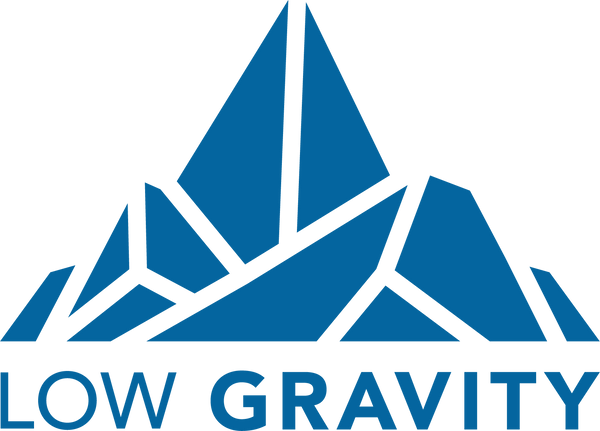Introduction
Extraction is where quality begins. For manufacturers, even the best hemp biomass can fall short if extraction isn’t precise. Understanding how CO₂, ethanol, and hydrocarbon methods affect yield and purity helps you choose the right supplier — or optimize your own process.
⚗️ Extraction Methods Breakdown
| Method | Pros | Cons | Ideal Use |
|---|---|---|---|
| CO₂ Extraction | Solvent-free, pure, scalable | High CapEx | Premium distillates |
| Ethanol Extraction | Efficient, terpene retention | Post-wash required | Broad-spectrum distillates |
| Hydrocarbon | Excellent terpene profile | Residual solvent risk | Vape formulations |
Premium suppliers use multi-step purification — winterization, decarboxylation, and chromatography — to produce clean, compliant extracts.
🧠 Why Purity Matters
High-purity distillates simplify formulation, reduce stability issues, and ensure accurate dosing. Impurities interfere with emulsification and consistency — two pain points for manufacturers scaling production.
⚙️ The Low Gravity Standard
Every extract undergoes full-panel testing, batch traceability, and refinement optimization for maximum cannabinoid recovery and zero residual solvents.










